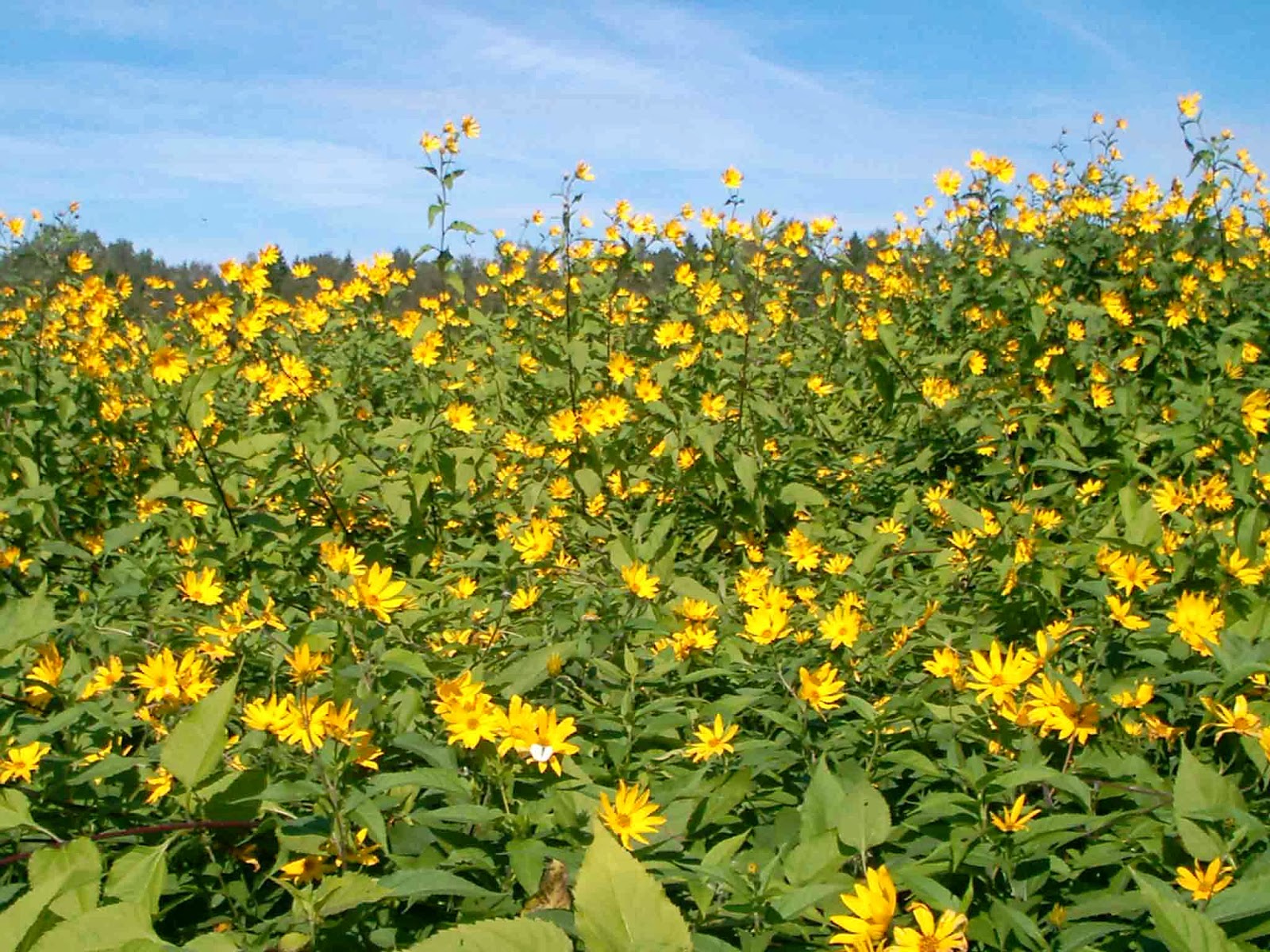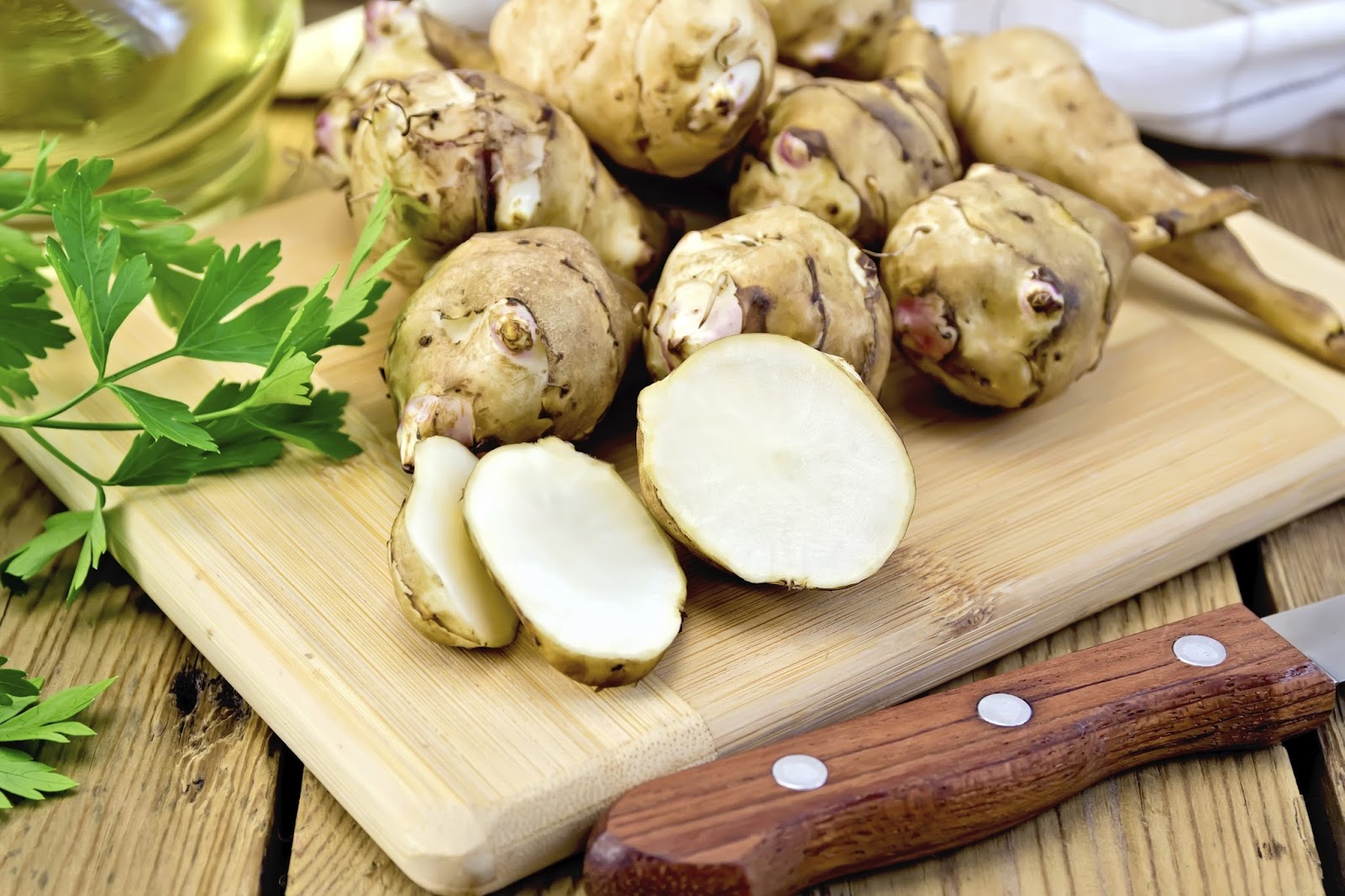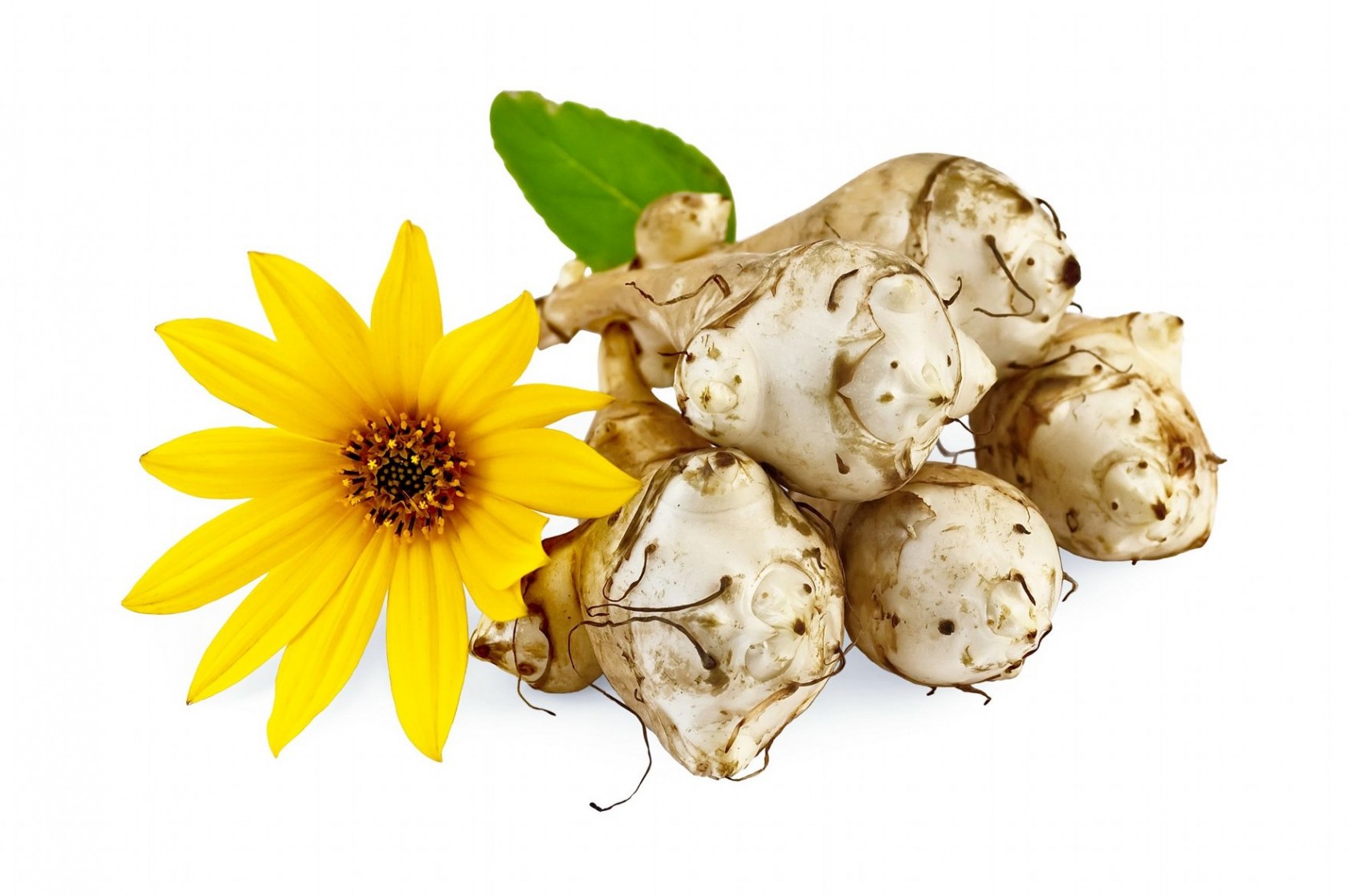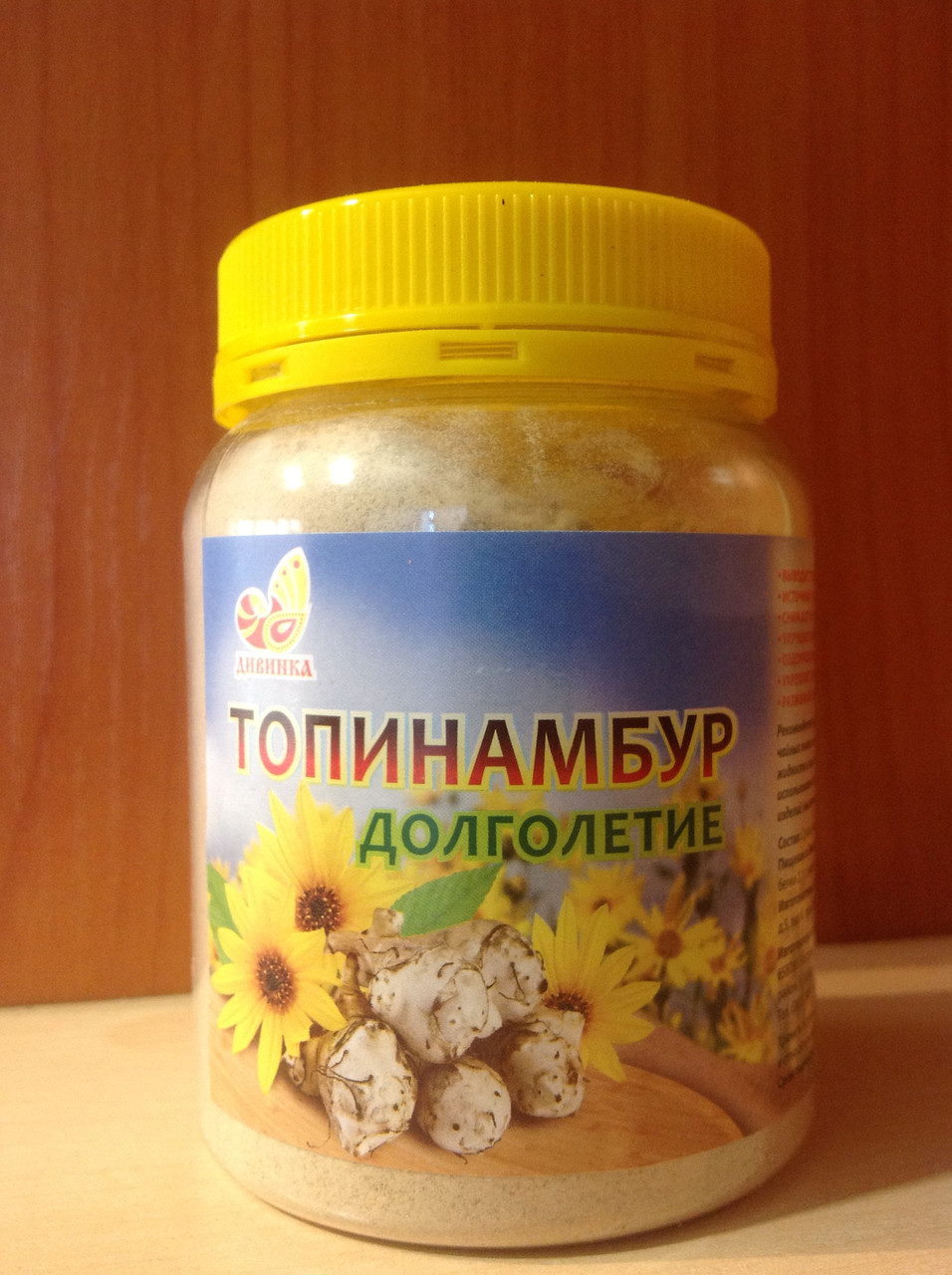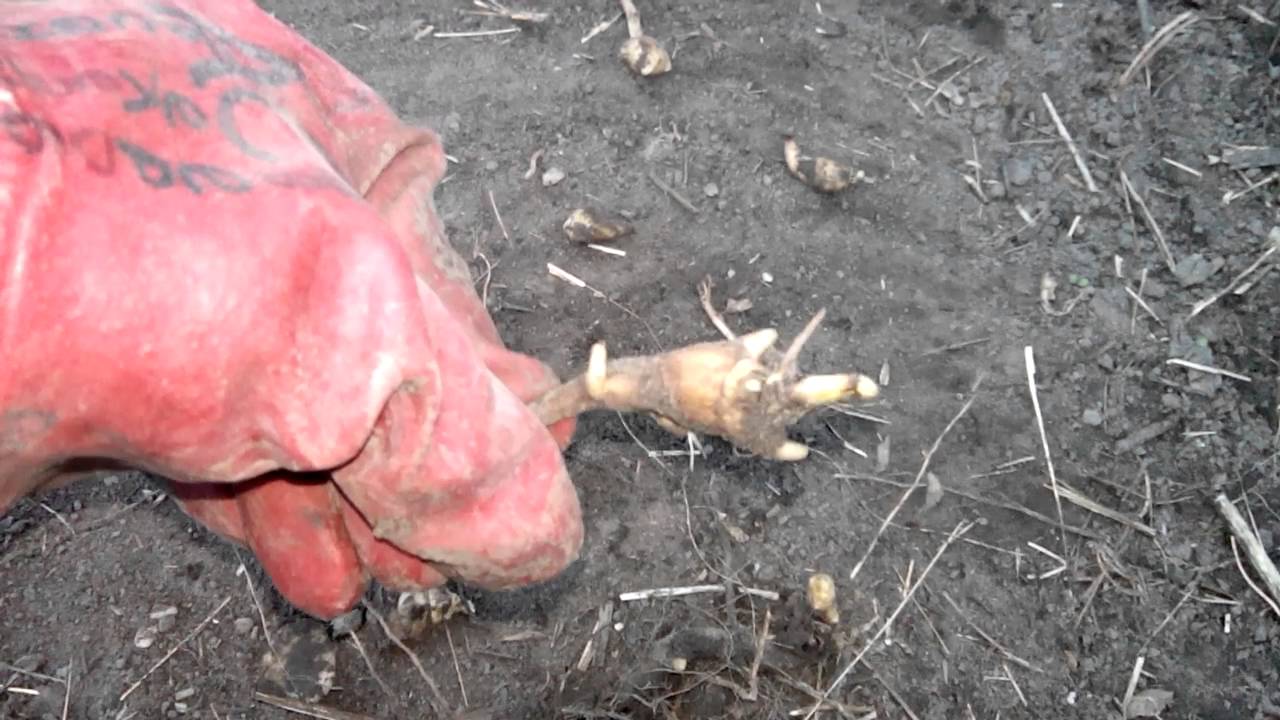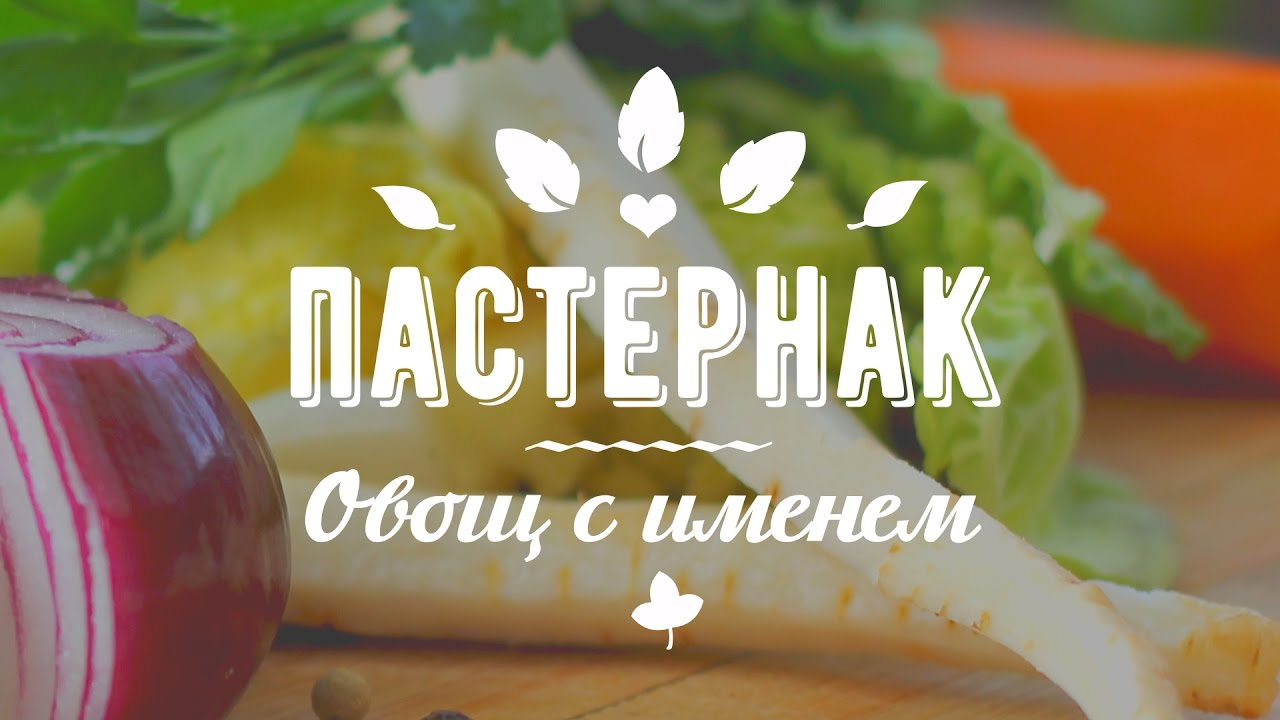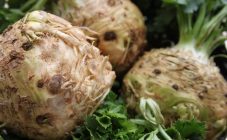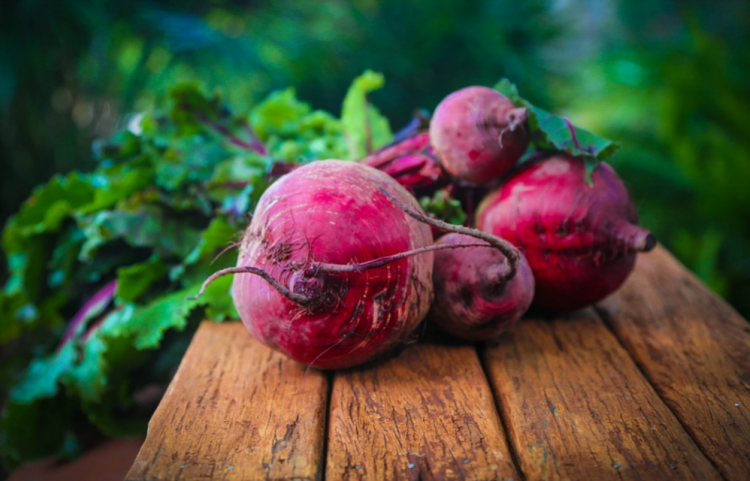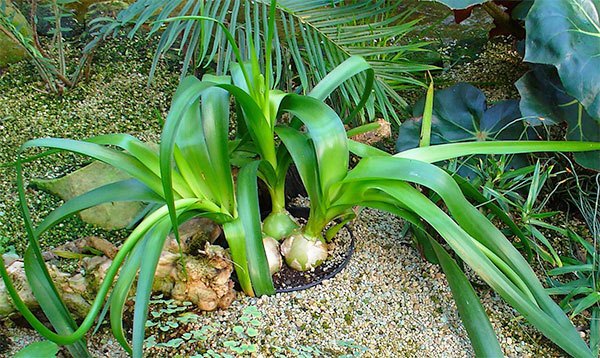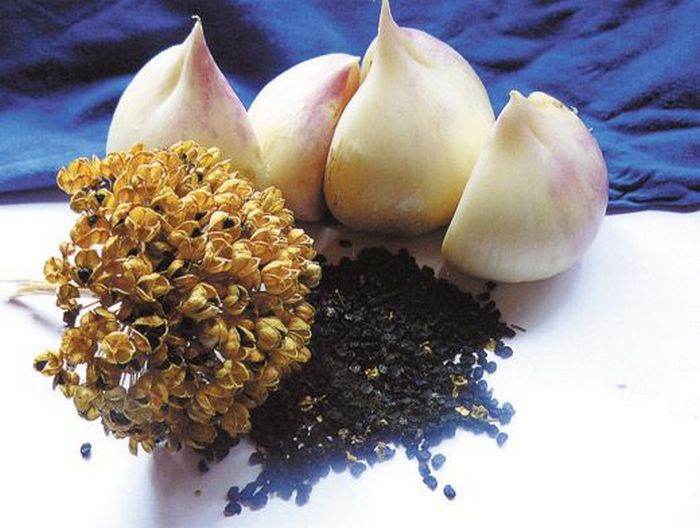Content:
Jerusalem artichoke has been used as a garden crop relatively recently. It was popular more as an ornamental plant or hedge. However, its high yield, endurance, and most importantly, the presence of a large amount of vitamins and useful microelements in the tubers led to the fact that the questions of how to grow Jerusalem artichoke, as well as how to remove it from the site, became relevant.
The form of tubers in Jerusalem artichoke resembles a pear, for which it has a corresponding popular name - "earthen pear". At the same time, they are very useful (the content of various substances necessary for the body is much greater than that of potatoes and some fruits). Biochemical studies of the Jerusalem artichoke crop revealed that it contains a large amount of starch, sucrose, fiber and vitamins. This allows people with diabetes or hypertension to eat the culture.
Characteristics of culture
The plant appeared in North America, and it got its name in honor of the Indian tribe from Brazil (tupinambas). They raised it to eat. Ease of care and a good harvest were the main reasons why the Indians cultivated the culture for many centuries.
Jerusalem artichoke belongs to the category of perennials (it can be grown without transplanting for 30-40 years). A distinctive feature of the plant is the presence of a branched root system, at the ends of which tubers are formed, which can winter, both in the ground and in the cellar.
The fruit ripens from 115 to 140 days after planting. Tubers germinate very slowly when the soil temperature reaches 3 degrees Celsius (when stored in the ground in winter). The first shoots can appear on the surface only 2-3 weeks after planting. At the same time, frosts in the spring are not a problem for them (they easily tolerate temperatures up to -7 degrees Celsius).
The plant loves moisture, however, stagnant water or waterlogging of the soil affects its growth negatively, so it can rarely be found in lowlands, where water often accumulates and slowly leaves after melting snow or rain. For a good harvest, a culture needs light, but it is unpretentious to the soil (it can grow even where no other crops grow). As an advantage over potatoes, it should be noted that Jerusalem artichoke is not susceptible to late blight disease and the effects of the Colorado potato beetle.
Why is Jerusalem artichoke useful?
The usefulness of Jerusalem artichoke is as follows:
- The plant is an excellent producer of oxygen (the level of photosynthesis is one of the highest - it absorbs carbon dioxide well, while releasing much more oxygen than other garden plants);
- Jerusalem artichoke is one of the best honey plants, despite the late flowering period. The plant blooms very beautifully - it has bright yellow flowers, which allows it to look spectacular, both in the form of a hedge, and with a single planting on the site;
- The developed root system performs the function of strengthening the soil, which is especially important for areas with a large amount of precipitation;
- Due to its hardiness, Jerusalem artichoke is often used as a natural herbicide (it gradually displaces most of the weeds from summer cottages and vegetable gardens);
- Pets are very fond of the crop, and given the high yield and nutritional value, adding the plant to the diet makes it balanced and cost effective.
The fruits of the plant contain almost the entire periodic table, but they are especially rich in inulin and pectin. Moreover, they have the property of not accumulating harmful substances and nitrates, which allows it to be grown in an urban environment. The vegetable does not contain a lot of fiber, which means that it can be eaten by people who have problems with the gastrointestinal tract.
Jerusalem artichoke is also useful for those who have disorders in the cardiovascular, hormonal systems, patients with atherosclerosis, anemia and obesity, since it contains potassium with silicon. Culture is also used in folk medicine - on its basis, drugs are produced that stimulate the release of sand and stones from the kidneys and gallbladder. It is also recommended to use it to restore strength (in the presence of constant fatigue) and the nervous system (due to severe or prolonged stress), as a means for the prevention of cancer and heart attack, during body cleansing procedures, for cosmetic purposes (it has a beneficial effect on the skin and hair condition).
Growing technology
First of all, you should figure out how to plant Jerusalem artichoke. It is recommended to prepare the soil without fail, since the main condition for a good harvest is sufficient permeability of the soil for oxygen and water. Preparation is carried out in the fall.
The following works are carried out:
- Plowing or digging of a plot of the garden where Jerusalem artichoke will be grown;
- Removal of all weeds with rhizomes from the soil;
- Fertilization, since the lack of nutrients in the soil can be replenished with the help of correct and timely feeding.
Special attention should be paid to seed preparation. Before planting Jerusalem artichoke in spring, you should choose large tubers that are not affected by any diseases or insects.
Before planting Jerusalem artichoke, preparation of the beds is required. For this, they are re-digged in the spring, loosened and leveled. Rows for planting are marked so that the distance between them is at least 70 centimeters. This will provide comfortable conditions for the growth and formation of tubers. A hole for planting must be dug to a depth of 15 centimeters (each tuber is placed in a separate hole), and the distance between the holes should be from 30 to 50 centimeters, otherwise the shoots will need to be planted later.
In the process of growing them, you will need a little care. After the Jerusalem artichoke has been planted, planting and care in the open field behind it is divided into two stages. The first is before the shoots appear.
At this time it is necessary:
- Eliminate the formation of a crust on the soil, since it will impede the passage of moisture and air, and these are the key conditions for the formation of a good harvest. To prevent this, the soil is loosened, the main thing is not to damage the planted tubers;
- Remove emerging weeds.
Jerusalem artichoke is grown with little care.
Before shoots appear, you must:
- Loosen the soil periodically;
- Weeding;
- Remove weeds.
The described activities should be periodically repeated throughout the entire period from the emergence of shoots to harvesting. In addition, the plant needs to be watered regularly and fed periodically. So, in the first half of summer, when the plant is gaining green mass, it is recommended to apply fertilizers rich in nitrogen. Later, they should be gradually eliminated and replaced with potassium-phosphorus compositions.
When the stems reach a height of 30-40 centimeters, it is recommended to spud the plant in order to stimulate the development of the root system and the formation of additional tubers. Considering how Jerusalem artichoke grows, it must be tied to supports. This is usually done when the stems reach a height of 1 meter. To do this, they form bushes from several plants, tie them with wire, which is attached to a post.
In the middle of summer, it is recommended to huddle again. In addition, many agricultural technicians recommend cutting the tubers or reducing the plant height to 1.5 meters so that the main forces are directed to the formation of fruits. Jerusalem artichoke, the cultivation of which is carried out according to the scheme described above, taking into account all the recommendations in terms of agricultural technologies, turns out to be tasty, and its yield is quite large.
There are nuances in how and when to collect Jerusalem artichoke. Firstly, it is recommended to stop feeding one month before harvest. Two weeks before digging up the tubers, the stems are usually cut to a level of 30 centimeters so that the tubers can get all the nutrients from the soil and cover with a dense skin for later storage.
Storing Jerusalem artichoke seeds should be in the same conditions as potatoes. You can leave part of the crop in the ground. However, with such a decision, it is important not to miss the moment when the tubers begin to sprout (this happens when the first heat appears).
How to get rid of Jerusalem artichoke
Due to its endurance and unpretentiousness, the plant grows easily (it propagates in tubers), therefore, when harvesting, you should collect all the fruits in order to avoid turning the cultivated plant into an annoying weed.
If you decide to get rid of Jerusalem artichoke, there are several ways to get it out of the garden:
- Dig it by hand;
- Poison with herbicides (both factory and homemade);
- Create conditions in which Jerusalem artichoke does not grow.
The following scheme for getting rid of the plant is considered optimal:
- Spot treatment with herbicides (Roundup or Tornado);
- Watering the entire area where Jerusalem artichoke grows with home remedies;
- Create conditions that prevent the reproduction of the culture: abundant watering, lack of air supply to the root system, and so on.
So, if the choice fell on Jerusalem artichoke, how to grow this crop on the site will be the main issue that worries novice gardeners, despite the fact that the plant is unpretentious. After all, there are certain features of how to plant Jerusalem artichoke (it is better to consult an agricultural technician about this, who knows the characteristics of the soil and will be able to choose the optimal plant variety). Jerusalem artichoke is grown with little care. After planting, the plant should be well watered, and the soil should be periodically fed to ensure that the roots are filled with all the necessary minerals. In the fall, Jerusalem artichoke can be harvested and eaten. It should be stored in the same way as potatoes.
